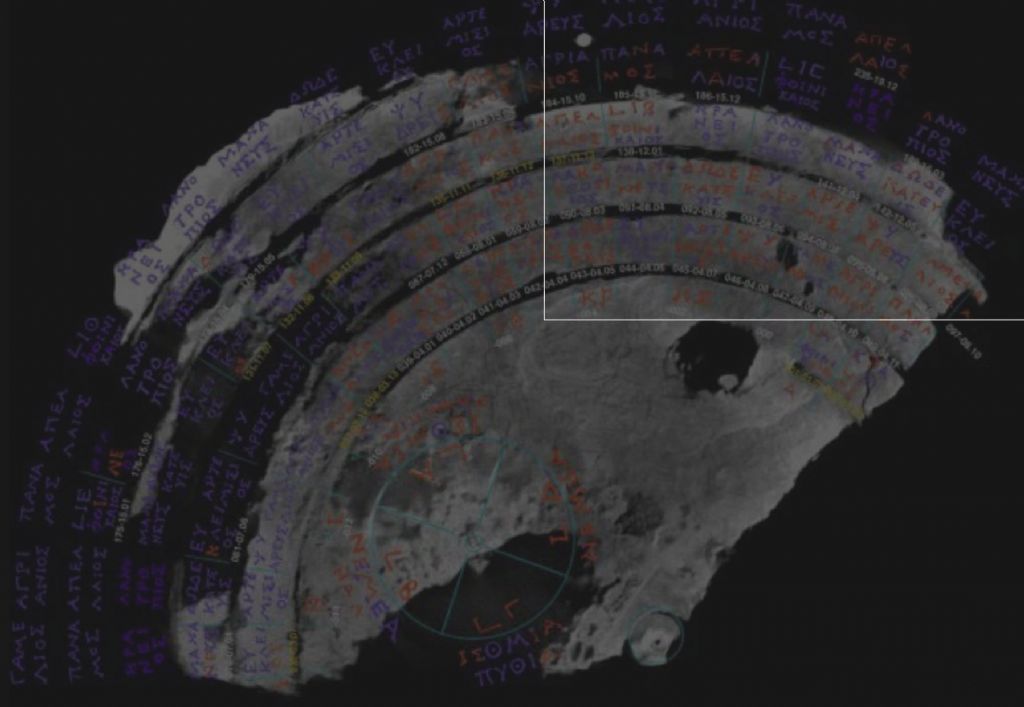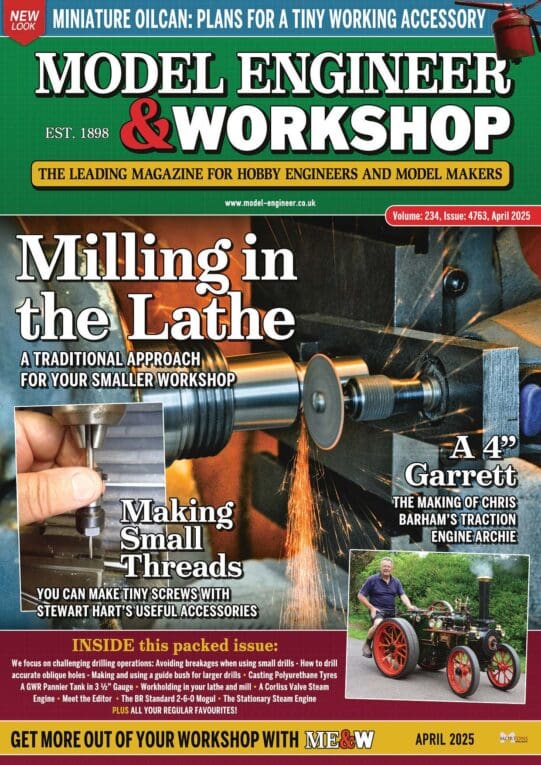Posted by Michael Gilligan on 26/11/2022 08:30:50:
Posted by ega on 25/11/2022 12:41:40:
[…]
In the the same work he gives detailed instructions for setting out divisions of a circle with the use of rule, dividers, etc, techniques which could have been used by the ancient craftsmen.
.
Whilst those Euclidean techniques are ‘philosophically’ entirely valid …
As a bit of light reading, I offer this link to a PDF of Euclid's Elements. It gives a good insight into what was possible with rule and dividers and the advanced achievements of Ancient Greek Geometry. Euclid lived a century or two before the estimated manufacture of the Antikythera mechanism (possibly as early as 178BC), and his book was based on the efforts of earlier Greeks; Pythagoras predated Euclid by a few centuries.
Roughly 200 years after the mechanism was made, Ptolemy popularised the 'Earth is the centre' model of the universe, and provided the rather convoluted mathematics needed to predict planetary movements. However Ptolemy's thinking wasn't original – he credits Hipparchus, who lived around the time the Antikythera mechanism was made, and seems to have been the first mathematician to make a start on trigonometry.
To me the Antikythera mechanism presents two problems:
- Who was clever enough to understand the astronomical maths and design a gear system that computed results, and,
- Who was skilled enough to understand what the mathematicians were on about and build a complex gear box, not just a rough and ready prototype, but a well finished object of desire.
There's no doubt that the Ancient Greeks had the mathematical and astronomical skills needed to design such a mechanism. It's the building of it that's surprising. What we don't know is how common such devices were. They may not have been unimaginably high-tech at the time. Too expensive for ordinary folk, but perhaps the sort of thing the leisured super-rich of the day might indulge.
Later, Greek civilisation fell apart, and it's not surprising development stalled because Roman society didn't value mathematics or astronomy much. Later still, Rome fell to cultures even less interested, and Europe entered the Dark Ages. The ideas weren't entirely lost, and were revitalised first by monks wanting to worship at fixed hours, and then by the flood of rational thought that characterised the Renaissance and led via the Industrial Revolution to the problems of the modern world.
Dave
david bennett 8.





